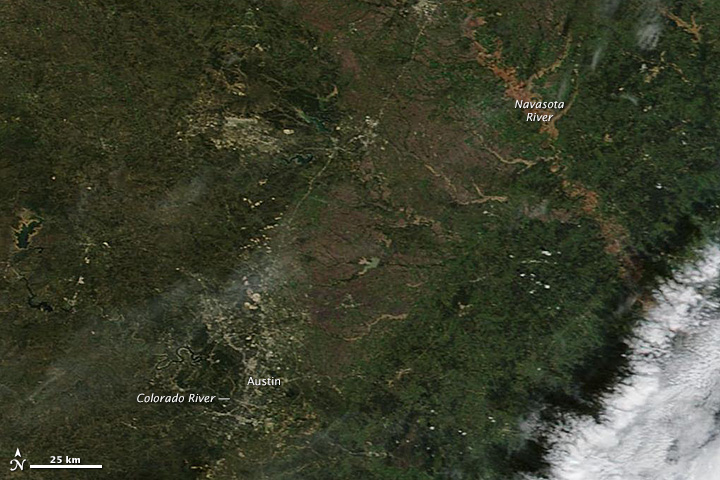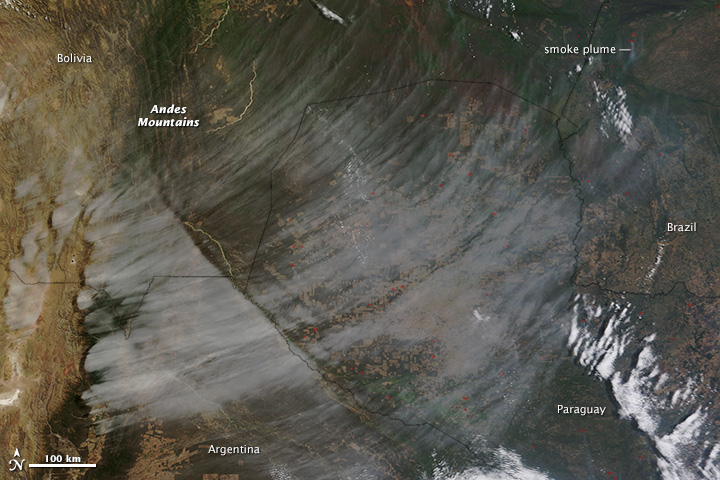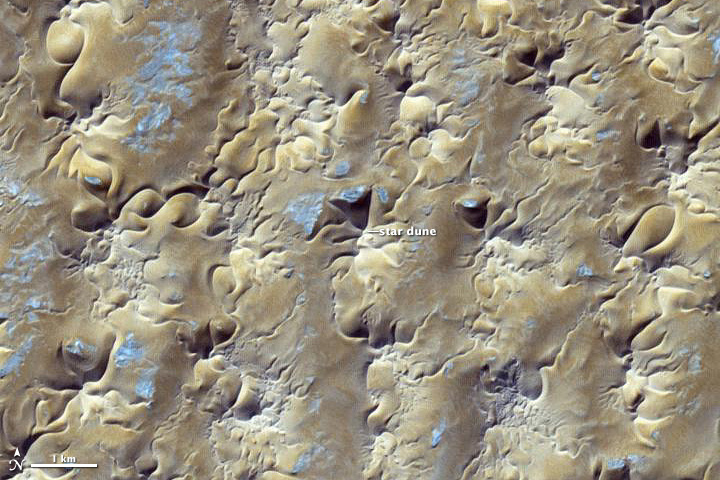NASA Earth Science missions are kicking off a new video contest engaging high school age students to produce a video communicating NASA Earth Science to younger students. Students are consuming over 10 hours of media a day and video is increasingly important to communicate and inform about science. NASA is looking for talented High School students to create videos that engage students in Earth Science.
Winners will have their videos posted on NASA’s website. They will also get the opportunity to be a NASA Producer working with NASA scientists and communication experts in July 2014 to produce an Earth Science feature video.




